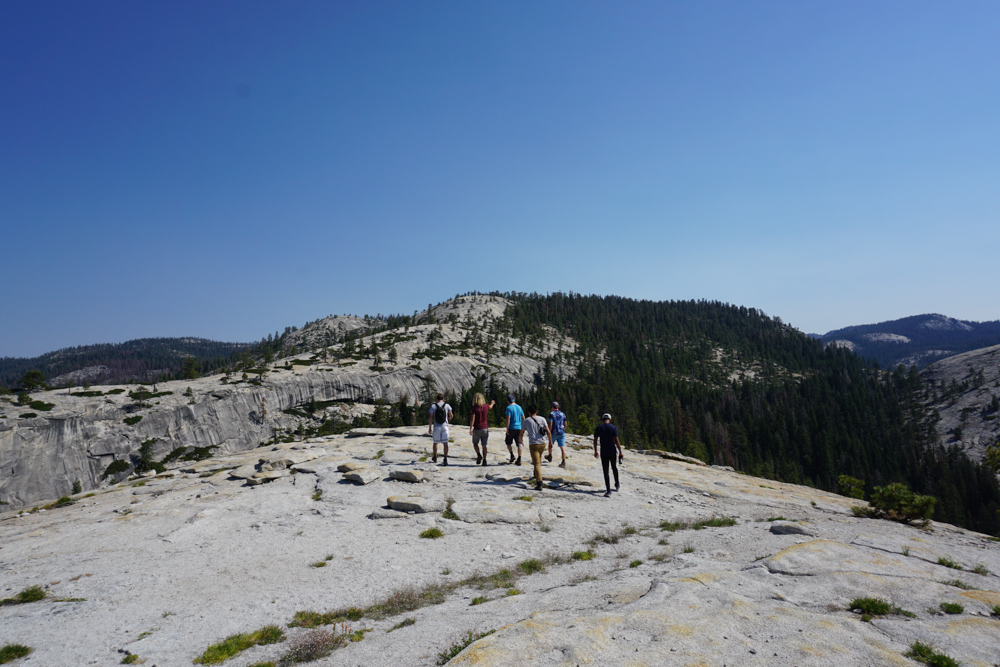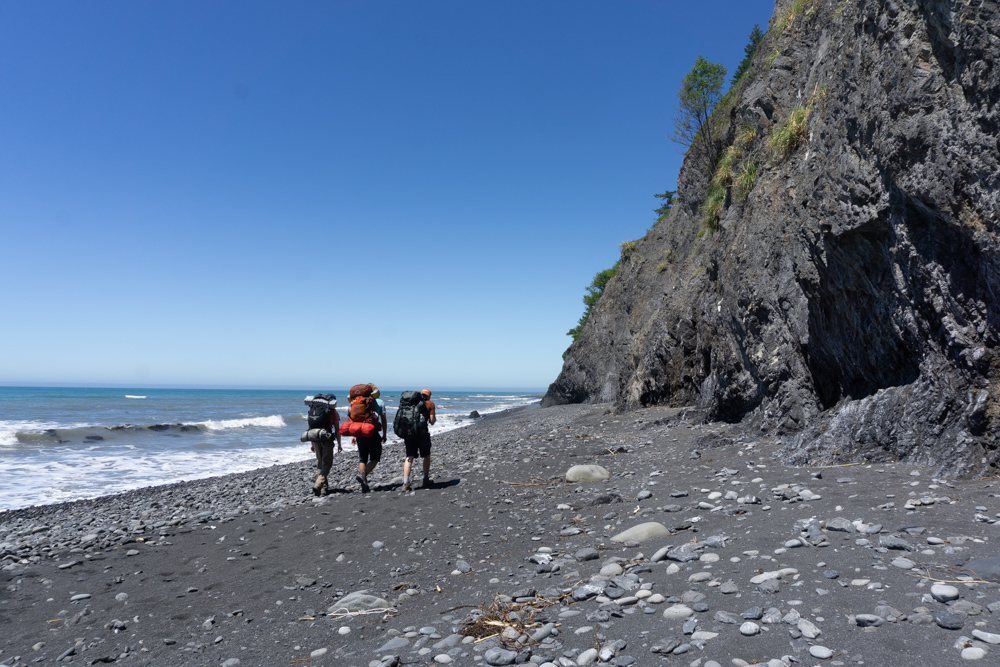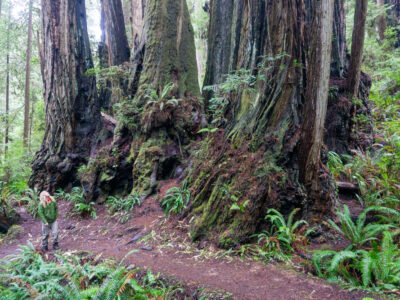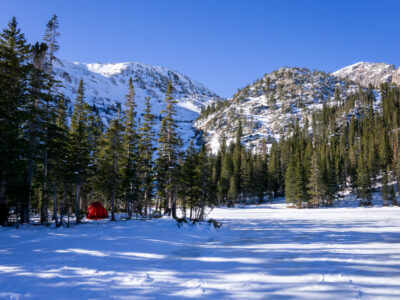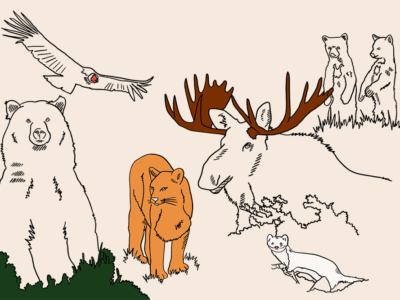08 Feb How to Make Your Friends Backpack with You
How-To
How to Make Your Friends Backpack with You
February 14, 2020
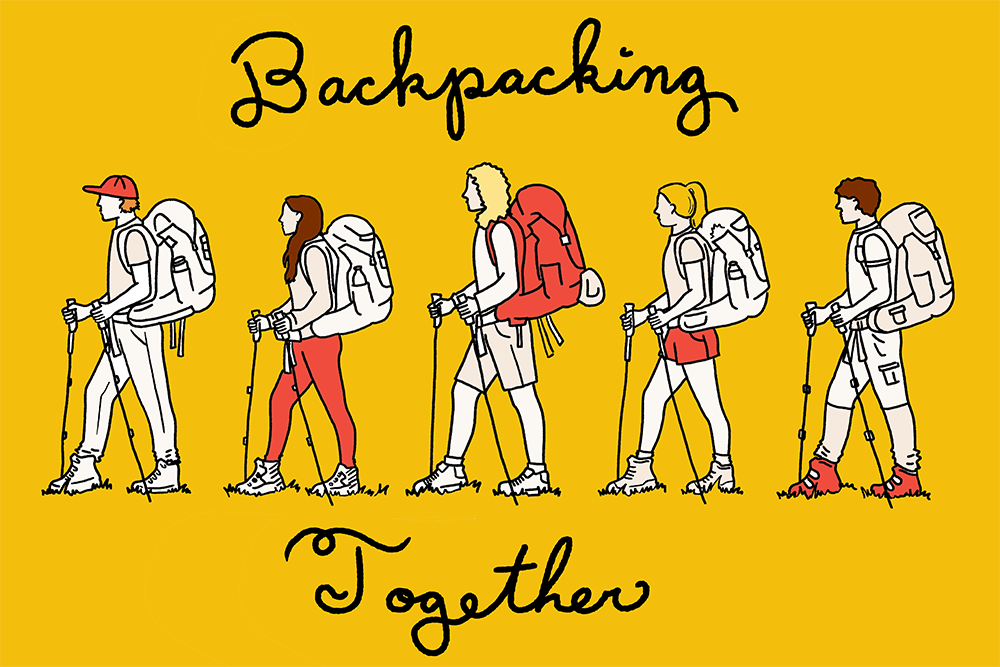
In the spirit of Valentine’s Day, I wrote an article about how to convince your non-backpacking friends to backpack with you. We all know that backpacking isn’t for everyone, but I think with the right planning, anyone can have a great time outside.
Our college friends don’t really backpack. Actually, Dylan and I didn’t really backpack in college either, because I didn’t even know National Parks existed back then. The good news is that our friends are pretty open to new things and most of them are quite athletic (or at least okay being sore afterwards). All of this sets the stage for some of my favorite backpacking trips to date. We’ve backpacked with a big group of eight in Yosemite, a cozy group of four on the Lost Coast, and even a pair of new friends we hardly knew.
Keep reading for the 6 things I consider while I’m planning group trips and working on converting all my friends into backpackers.
Pick campsites and trails with big views
Picking trails with big views is one of the easiest ways to convince someone to come backpacking again. Not only will they feel excited by the scenery during the hike, but they’ll also have pictures to look back on and show people after the trip. Plus, big views are the most direct payoff from the large effort that backpacking takes — you walk uphill, you get to see Half Dome.
Give them options
I like to give friends two to three trail options for backpacking trips. I’ll have an easy option with decent scenery, a moderate option with slightly better scenery, and a difficult option with the best scenery. I’ll show them pictures and tack on the mileage for each option. I usually leave out the elevation gain (because not too many people have a good feel for elevation gain) but I’ll label each option “least steep” and “most steep.” Then I’ll put it up to a vote and wait for a winner.
Having options makes me feel less like a dictator and (hopefully!) makes my friends feel like they’re part of the planning process. I also think having buy-in from friends helps keep moral up when the trail gets too steep.
Make sleeping as comfortable as possible
Inflatable camp pillow? Absolutely. Sleeping bag liner? Throw it in the bag. Bring all the little luxury items that make sleep so much better in the backcountry.
Sleep is so important during backpacking trips and it might be hard for your newly minted backpackers to sleep comfortably. My favorite way to make sleep time more comfortable is to use a sleeping bag liner and a pillow. Sleeping bag liners make it so that you don’t have to touch the weird, slippery fabric of your sleeping bag. They also increase the warmth of your sleeping bag and feel like regular sheets in a regular bed.
For the pillow, you can either buy an inflatable camp pillow or make a pillow by neatly folding (to eliminate lumps) extra clothing into a sweater or t-shirt. I like to invert my sweater so that my face only touches the inside of the fabric while I sleep. The inside of the sweater hasn’t really been exposed to any dirt or sweat, so inverting the sweater helps me keep my skin safe from breakouts because I’m sleeping on clean(er) fabric.
Choose your elevation gain and distance wisely
Remember that backpacking is supposed to be fun and that most people don’t get too excited about slogging up extreme cliffs. Even though you might want to hit up that 30-mile route with 10,000-foot elevation gain, your friends might end up hating you by mile 30 – unless all your friends get excited by a challenge. For trips with people absolutely brand new to backpacking, I try to keep the distance per day to around 4 miles and the daily elevation gain under 1,000 feet.
Handle all the food yourself
We like to handle the food ourselves because ~ as regular backpackers ~ we know exactly how much food everyone needs. This helps us avoid leaving anyone hungry at the end of the day and it also helps us avoid over packing, especially in parks that make us carry food in a bear box. We definitely don’t want to carry more heavy and clunky bear boxes than we absolutely need to.
The menu for big group trips looks exactly like the menu for just the two of us: ramen or pasta for dinner and snacks bars, jerky and nuts for lunch. We also sometimes make oatmeal for breakfast if the trip is more demanding and we need a hot breakfast. To keep things simple, everyone usually eats the same thing unless they have a particular snack bar that they the really really like.
Handle all the gear rental
Handling all the gear just makes things easier for everyone. You ~ as an experienced backpacker ~ know what gear everyone needs. You can make a quick list, take it to your gear rental shop, and gather up the supplies. If some of your friends already have some supplies, you can always send your list over so they can gather up their own supplies.
Do you have any more tricks for getting your non-backpacking friends to backpack with you? Leave a comment down below!

